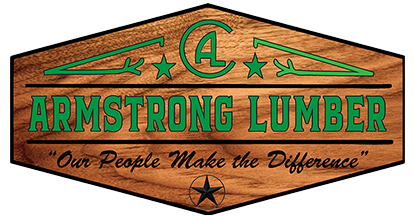At Armstrong Lumber, we pride ourselves on being the leading destination for top-quality lumber supplies in Corpus Christi. Our lumber yard offers a wide range of options, making us your go-to source for all your building material needs. In this blog post, we will delve into the basics of lumber, providing you with a comprehensive understanding of the different types and grades available. Let's embark on this journey of exploring the world of building materials together. From the basics to the finest details, we've got you covered.
Lumber 101: Understanding the Different Types and Grades Offered by Armstrong Lumber
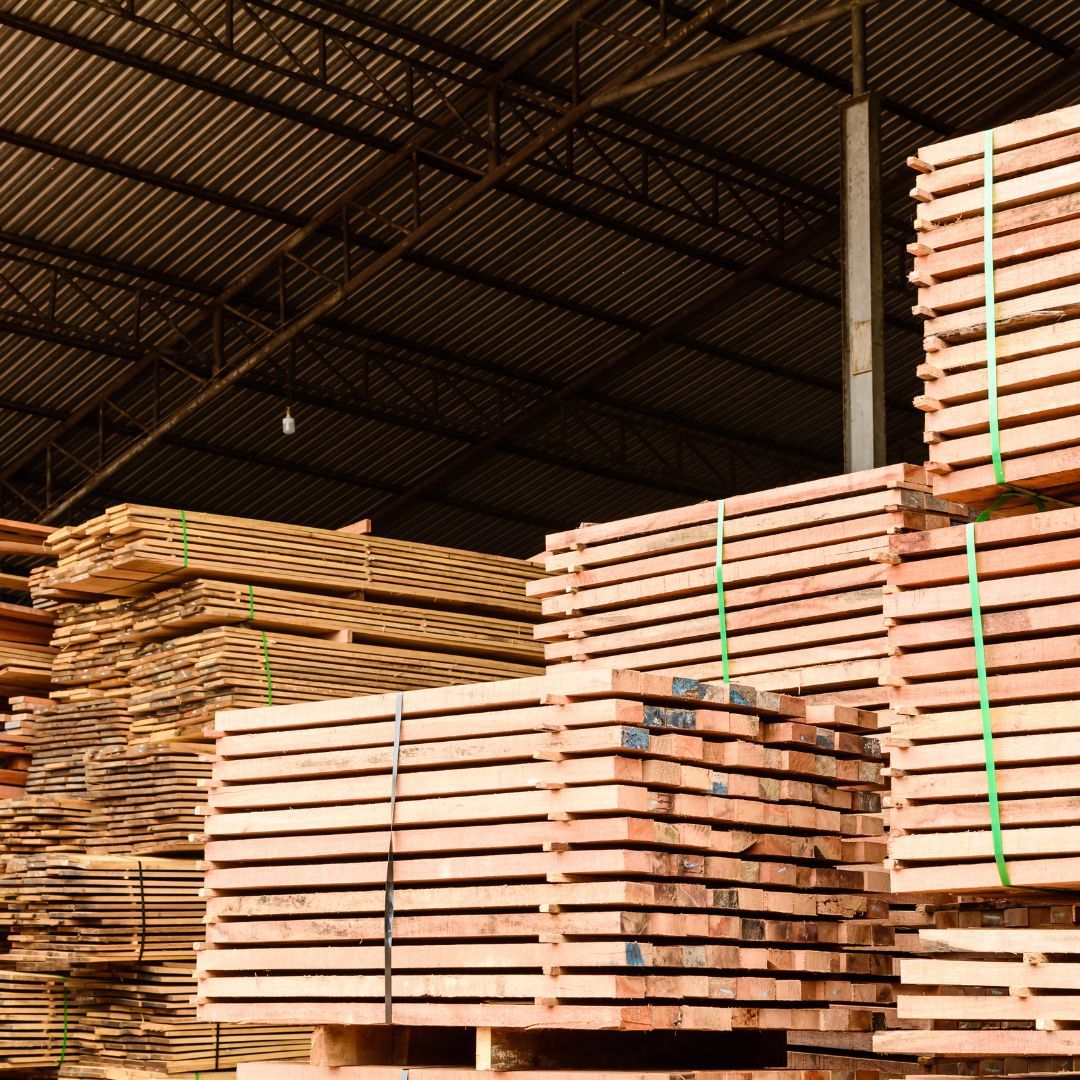
Types of Lumber
When it comes to types of lumber, we offer a wide variety to choose from:
Softwood: The term softwood refers to wood that comes from coniferous trees, such as pine, cedar, and spruce. Softwood is typically used for construction purposes, such as framing, decking, and fencing. It is also commonly used for millwork, such as trim, doors, and windows.
Hardwood: Hardwood comes from deciduous trees, such as oak, maple, and cherry. It is denser and stronger than softwood, making it suitable for a variety of applications, including flooring, furniture, and cabinetry. Hardwood is also preferred for decorative purposes, as it can be stained and polished to achieve a desired look.
Engineered Wood: Engineered wood, also known as composite wood, is made by combining different strands, fibers, or veneers of real wood to create a stronger, more durable material. It is often used in place of solid wood for its cost-effectiveness and sustainability. Examples of engineered wood products include plywood, particleboard, and medium-density fiberboard (MDF).
Pressure Treated: Pressure-treated lumber is treated with chemicals to make it more resistant to rot, decay, and insect damage. It is commonly used for outdoor projects and structures such as decks, fences, and raised garden beds.
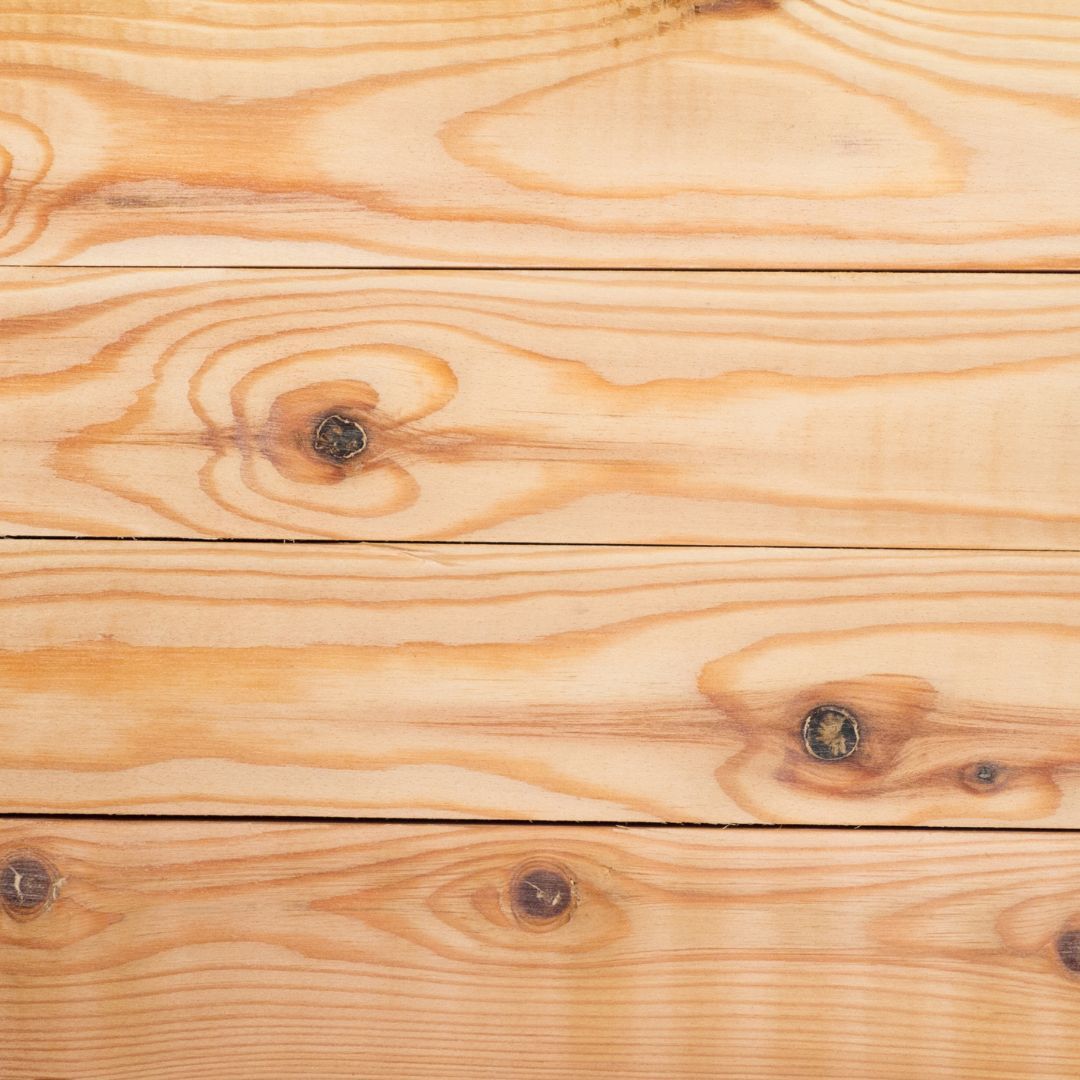
Lumber Grades
Lumber grades play a crucial role in determining the quality and purpose of the wood. One of the main categories of grades is structural lumber, which is primarily used in construction projects where strength and durability are key. This grade of lumber is assessed based on its ability to support weight, with higher grades being stronger and more reliable. On the other hand, appearance grades focus on the visual characteristics of the wood, such as knots and grain patterns. These grades are commonly used for decorative purposes, with higher grades being more visually appealing.
Lastly, there is common lumber, which is the most basic grade and is suitable for rough construction projects. While it may have imperfections, such as knots and bark, it is still structurally sound. Common lumber is often used for applications where appearance is not a primary concern, such as decking and fencing. Understanding the different grades of lumber is essential in choosing the right type for your project.
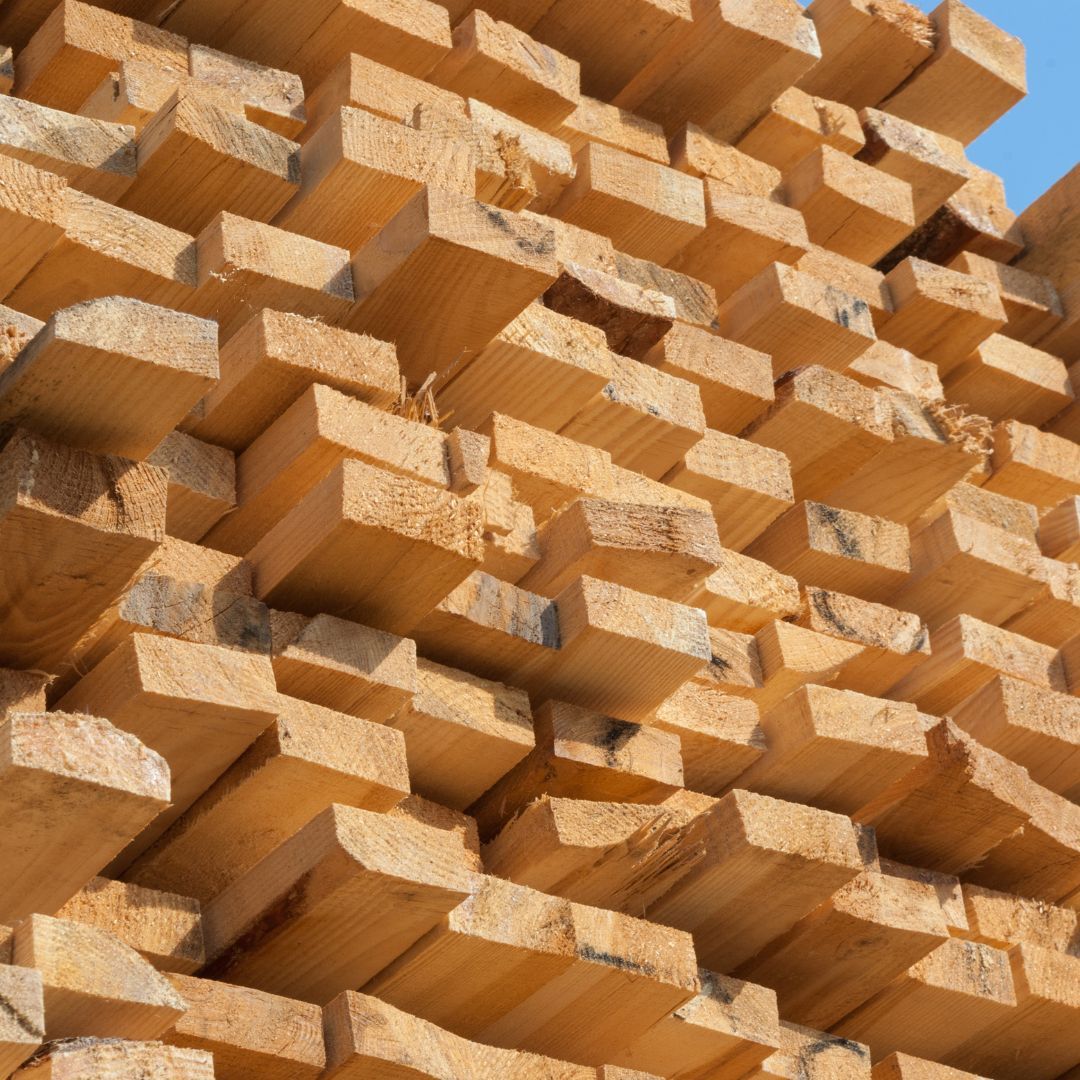
Moisture Content Matters
Did you know that lumber is not only categorized by its grade but also by its moisture content? That's right, there are two main categories: green and kiln-dried. Green lumber has a higher moisture content, making it perfect for outdoor projects where it is less likely to warp or split. On the other hand, kiln-dried lumber has been dried in a kiln, reducing its moisture content and making it suitable for indoor applications.
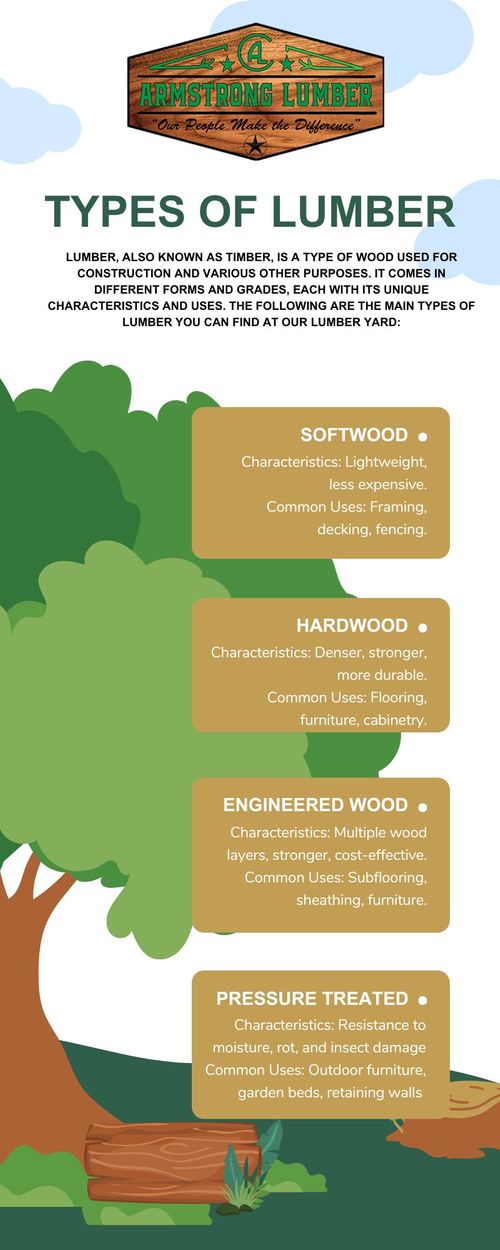
Choose Armstrong Lumber
At Armstrong Lumber, we pride ourselves on providing a vast array of lumber options to suit the needs of any project. Our team of knowledgeable staff members is always available to assist you in selecting the right type and grade of lumber for your project, ensuring that you receive the highest quality materials for the job. Come visit our lumber yard in Corpus Christi today to browse our inventory and receive expert advice from our team.
